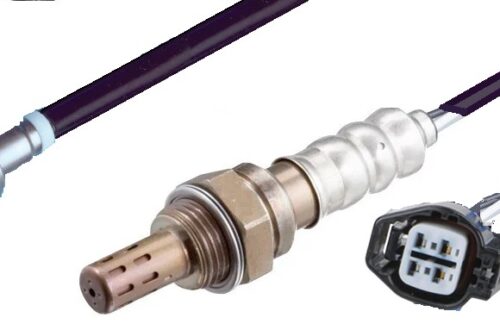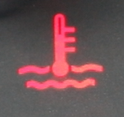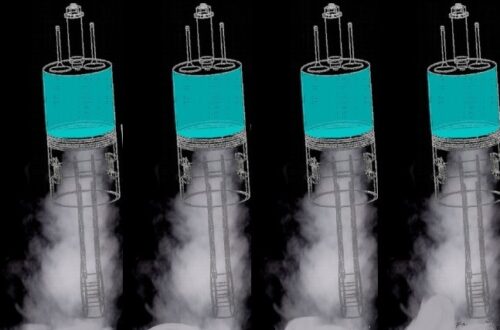
3 easy steps to diagnose a rail pressure sensor problem
You are suspecting the fuel rail pressure sensor to be faulty but you are still not sure? Following these three simples steps will help you to get a clear statement.
Warning!
Disclaimer: This site and the author are not responsible of any misuse of the provided information. The information is only given to help for fault diagnosis. Injuries, electric shocks, burns and other life threatening hazards can be a result of an inappropriate action on the engine. If you are not familiar with engines and not sensitized to the safety procedures, please contact a professional. Any action on the car and its consequences are under your sole responsability.
Use of a diagnosis tool to troubleshoot rail pressure sensor problems
Whether your car is a RAM with a Cummins engine or a Ford, or a Volvo or any other brand, a scan tool is your first ally to find out whether your rail pressure sensor is faulty or not.
The following P-codes (DTCs) are OBD II failure codes and generic to all OBD II compatible cars and could appear, if your fuel rail pressure sensor is faulty. Please note that the contrary is not true. The appearance of these faults does not mean that the sensor is faulty and could be a result of a failure in the other elements of the sensor circuit (cables, ECU, …) or in the mechanical part of the injection system.
| P0087 | Fuel Rail/System Pressure – Too Low Bank 1 |
| P0088 | Fuel Rail/System Pressure – Too High Bank 1 |
| P00C6 | Fuel Rail Pressure Too Low – Engine Cranking Bank 1 |
| P0190 | Fuel Rail Pressure Sensor Circuit Bank 1 |
| P0191 | Fuel Rail Pressure Sensor Circuit Range/Performance Bank 1 |
| P0192 | Fuel Rail Pressure Sensor Circuit Low Bank 1 |
| P0193 | Fuel Rail Pressure Sensor Circuit High Bank 1 |
| P0194 | Fuel Rail Pressure Sensor Circuit Intermittent/Erratic Bank 1 |
| P01BE | Fuel Rail Pressure Sensor Circuit Bank 2 |
| P01BF | Fuel Rail Pressure Sensor Circuit Range/Performance Bank 2 |
| P01C0 | Fuel Rail Pressure Sensor Circuit Low Bank 2 |
| P01C1 | Fuel Rail Pressure Sensor Circuit High Bank 2 |
| P01C2 | Fuel Rail Pressure Sensor Circuit Intermittent/Erratic Bank 2 |
| P01C8 | Fuel Rail/System Pressure – Too Low Bank 2 |
| P01C9 | Fuel Rail/System Pressure – Too High Bank 2 |
| P01CA | Fuel Rail Pressure Too Low – Engine Cranking Bank 2 |
In addition to these DTC, other manufacturer specific DTCs (P1XXX) can also pop-up. These codes will be displayed with a description string while using the scan tool.
Last but not least, you can read the sensor values using the scan tool and look for variations. The pressure control is usually a function of the engine load and speed.
Electrical tests of the rail pressure sensor
The pressure sensors are either analog or digital and usually made upon one of these sensing elements
- strain gauges
- a variable capacitance
- a piezo crystal (resistive/voltage based)
The rail pressure sensor is generally equipped with a capacitance or piezo crystal sensing element (second and third category), and should have three wires. Two wires are used to supply the sensor and the third provides the measurements. In some cases, the sensor is combined with a temperature sensor to form a four wire sensor.
The sensor’s output is usually given as an analog voltage value proportional to the physical pressure. However, precautions are to be made, while checking the output using an oscilloscope. Some manufacturers can design their sensors to output other form of signals. Actually, some Ford models are equipped with sensors, in which the value of the pressure is expressed as a function of the signal frequency. Please refer to the manufacturer information, if the output seems strange before making any conclusion
The electrical tests checking for short/open circuit are usually performed by the ECU (failure P0192, P0193, P01C0 and P01C1) , and you don’t need to bother yourself checking them. However, if these particular failures are reported, it makes sense to check the wires and the complete circuit, before concluding that the sensor is faulty.
Precision test
To check the precision of the sensor, you will need to use a secondary measurement tool like a pressure gauge. This pressure gauge should be connected to the service port, while considering all the safety aspects. Once you have a second measurement source, you can make a comparison between the two measurements. However, you should refer to the manufacturer’s service manual, to do this comparison. Actually, the used reference of the sensor could differ from the reference used by the pressure gauge and lead to false interpretation.




